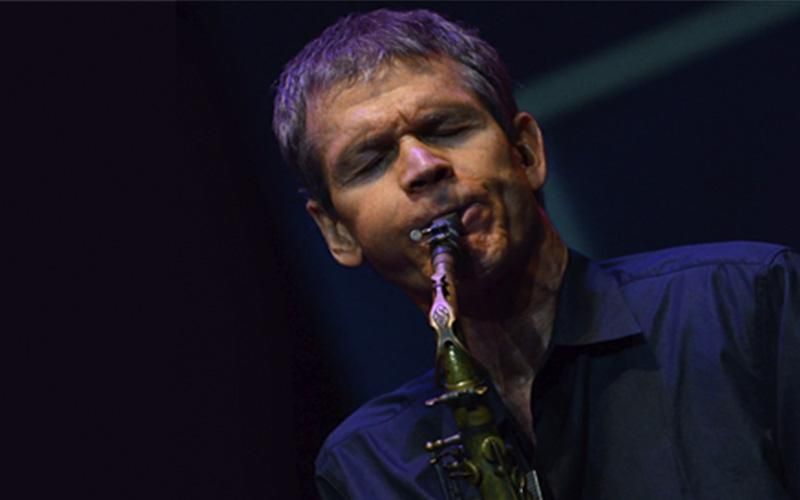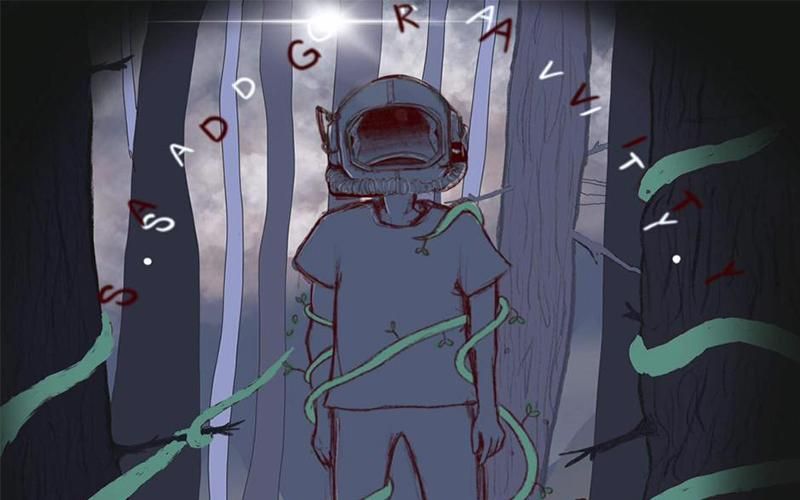Saxophonist David Sanborn is sometimes described as one of the most successful crossover artists in popular music history.
It may be that the phrase “crossover artist” has lost all meaning in 2018.
Forty or so years ago, it had strong positive and negative connotations.
In 1975, Sanborn released his debut album of jazz fusion and appeared on David Bowie’s Young Americans album.
Previously, Sanborn had performed with blues harpist Paul Butterfield, blues guitarist Albert King, and jazz pianist Gil Evans.
Achieving musical immortality by performing an indelible sax solo on David Bowie’s second-biggest single up to that point couldn’t possibly be seen as a bad thing, could it?
Yes, it could be seen that way and it was seen that way by some.
In those days, jazz artists who crossed over to pop were often criticized by certain critics and music aficionados.
For example, jazz saxophonist Branford Marsalis was widely criticized in 1985 for joining Sting’s first post-Police band.
“I never understood that,” Sanborn said in a phone interview. “Is that, like, slumming? That’s just useless. Why not just leave it as, ‘I like this kind of music and I don’t like that.’ Someone’s a traitor to the cause? What the (expletive) are they talking about?
“Branford Marsalis isn’t entitled to like what he likes?” he said. “Can’t he do what he does without there being some ulterior motive?”
Even if Sanborn’s name doesn’t ring a bell for you, there’s a good chance that you have appreciated his playing on dozens of songs.
To maintain one’s disdain for Sanborn’s crossovers, a person would have to pretend not to be impressed by this partial list of artists with whom he has collaborated: Bryan Ferry, James Brown, Eric Clapton, Roger Daltrey, Jaco Pastorius, Stevie Wonder, Kenny Loggins, Paul Simon, Jaco Pastorius, Todd Rundgren, James Taylor, Billy Joel, George Benson, Bruce Springsteen, Elton John, Little Feat, Roger Waters, Pure Prairie League, Al Jarreau, Loudon Wainwright III, George Benson, Carly Simon, Linda Ronstadt, Steely Dan, Ween, the Rolling Stones, the Grateful Dead, Toto, and the Eagles.
Sanborn has stories about all of them, stories he has told many times. One thing they all had in common, Sanborn said, was work ethic.
“They worked really hard,” he said. “Paul Simon worked hard. James Taylor worked hard.”
Sanborn performed for Stevie Wonder on Wonder’s album, Talking Book, and the saxophonist said the R&B legend would come in with a new song every morning.
“You can’t sit on the couch and wait for the muse to visit you,” Sanborn said. “You’ve got to get in there and slug it out every day.”
For all his accomplishments and accolades (eight gold albums, one platinum album, six Grammy awards), Sanborn remains a humble guy. Stubbornly humble in a way. In conversation, he seems ever eager to abolish B.S. and dig for the truth.
For example, he describes saxophone playing as less of a calling than a last resort.
“I had a passion for it and I didn’t have a passion for much else,” he said. “It’s either this or, ‘Do you want fries with that?’”
In truth, saxophone playing was prescribed to Sanborn initially. He contracted polio as a child, then spent a year in an iron lung and two years confined to his bed. A physician subsequently told him to take up a wind instrument to strengthen his lungs.
Sanborn chose the saxophone and inadvertently launched what would become a remarkable career.
Asked if he ever takes stock of his accomplishments, Sanborn replied, “If you’re asking me if I bask in former glory, the answer is ‘No.’”
“Some of the things I have done in my past, I am very pleased with,” he said. “But I don’t spend a lot of time doing a ‘Get a load of me’ kind of thing. I am thinking about what I am doing. What I am doing now. It’s the process that interests me.”
In life and in art, Sanborn just tries to stay as awake as possible. What this means when he is composing music is that he is not afraid to make bad art.
“I just try to stay open,” he said. “And pay attention. And try not to edit myself too quickly. You know: start to write something and say, ‘Ahhh. That’s no good.’ See it through. It’s easy to be prematurely frustrated.
“I find that a lot of times, I’ll write a song. And I’ll get to the end of it and say, ‘Well, that wasn’t very good,’” Sanborn said. “But it will end up being spare parts for another tune. I’ll take it apart and I’ll take some idea from that song and put it into another context.”
Sanborn always tries commit to the moment — not just in writing, but on stage and elsewhere.
“We’re up there (on stage), a group of five of us, and we’re having a conversation,” he said. “You want to be with interesting people on stage when you’re having that conversation and you want to be able to invite the audience in to participate in some way in that conversation.”
The stigma of crossing over no longer exists. Today’s listeners generally don’t bat an eye (or plug their ears) when an established artist experiments with a new genre or collaborates with a seemingly incompatible peer.
There are different challenges now to being an musician like David Sanborn. Many artists of Sanborn’s caliber complain about income lost through changes in how recorded music is consumed.
Sanborn isn’t complaining.
“Again, it brings into question: Why do you do what you do?” Sanborn said. “I’m at an age now where I just don’t have the same passion for recording new material as I used to have. I’m more into living my life, playing music, and seeing what comes next.
“This is going to sound kind of corny,” he said. “I just enjoy waking up in the morning and experiencing the day. My day is my instrument and sitting at the piano and doing stuff without any particular purpose in mind.”





